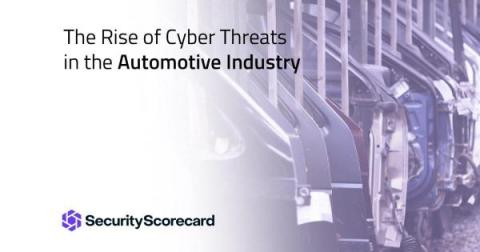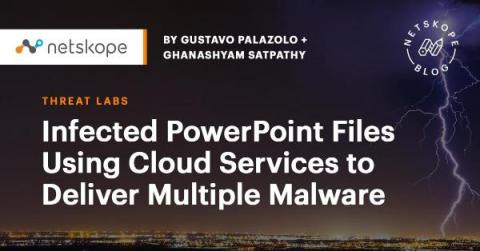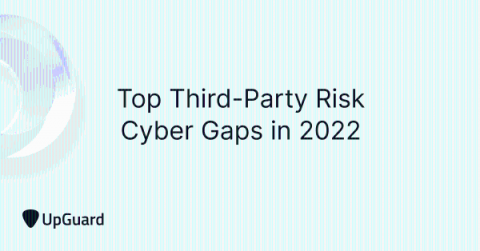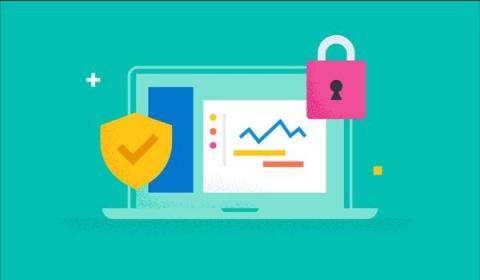The Rise of Cyber Threats in the Automotive Industry
The second a system is connected to a network, it becomes vulnerable to a cyber attack. We’ve seen news of companies experiencing cyber attacks across different industries more often than we can count. But now that the automotive industry has joined the digital bandwagon, cybersecurity threats and attacks are also becoming an issue.










